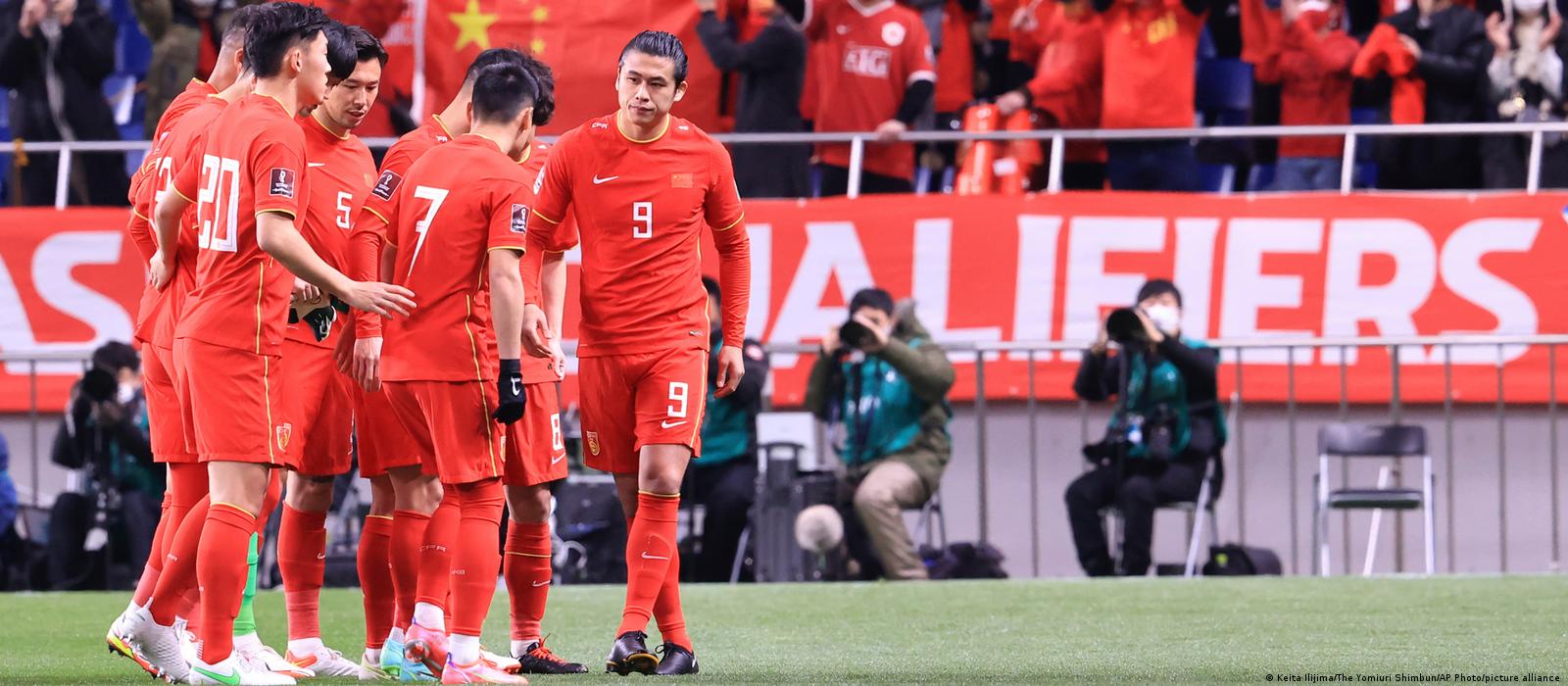# Introduction to China National Team Football
China national team football has become one of the most discussed sports topics in Asia, especially as fans hope for the team’s emergence as a global power. Yet, the journey of the Chinese men’s national football team has been filled with highs, lows, and passionate debates. Whether you are a devoted supporter, a curious newcomer, or even just tracking Asian football trends, understanding the China national team football story is crucial.
In this article, we’ll break down the key moments, examine evidence-based strategies for development, and share actionable steps anyone can take to support or analyze the team. Let’s explore what truly makes the China national team football unique, the barriers it faces, and what the future might hold.
# The Story So Far: Performance and Major Milestones
The China national team football journey began in 1924 with their official international debut. The Chinese team has had one historic highlight: qualifying for the 2002 FIFA World Cup. Despite high hopes since then, consistent World Cup entries have been elusive.
Key milestones include:
– Winning silver at the 1984 and 2004 AFC Asian Cups
– Claiming the 2010 East Asian Football Championship
– Achieving top-50 FIFA world rankings (highest position: 37th in December 1998)
However, more recently, China national team football has struggled to qualify from the Asian zone for the World Cup, facing tough regional rivals like Japan, South Korea, and Australia.

Thinking about what holds the team back leads us to the next essential section: the challenges.
# Challenges and Barriers: Why Has Success Been Limited?
WHY HAS CHINA NATIONAL TEAM FOOTBALL LAGGED BEHIND OTHER ASIAN TEAMS?
There isn’t a single answer, but several consistent issues show up:
1. YOUTH DEVELOPMENT: Unlike countries with deep footballing cultures, China is still working to build a pipeline of talent from grassroots to elite level.
2. LEAGUE QUALITY: The Chinese Super League (CSL) has brought in foreign stars, but hasn’t always produced top national talent.
3. COACHING AND INFRASTRUCTURE: Investment in European coaches (such as Marcello Lippi) has seen mixed results. According to a 2021 AFC Report, over 60 percent of national team players still play domestically, showing limited overseas experience. (来源: [AFC.com])
4. MENTALITY AND PRESSURE: There’s significant state and public pressure, which sometimes leads to short-term decisions.
But, all is not bleak. In recent years, strategic changes have begun taking effect.
# Strategic Solutions: What’s Needed for Breakthrough?
Based on expert analysis and the latest research, several proven strategies could help China national team football rise to the next level.
1. EXPANDING GRASSROOTS YOUTH PROGRAMS
China launched a National School Football Program in 2015, aiming to reach 50 million students by 2025. Early data indicates that schools with extensive football curricula are twice as likely to produce professional players. (来源: [Xinhua News Agency])
2. IMPROVING COACH EDUCATION
The Chinese Football Association has increased international coaching exchanges, bringing advanced European models to their training programs.
3. GREATER FOREIGN LEAGUE EXPOSURE
Sending young talents abroad, especially to European development academies, imparts vital experience.
4. MENTAL STRENGTH TRAINING
Modern sports psychology is being deployed—something we’ve seen in action with several recent youth squads.
5. SUSTAINED INVESTMENT
Investment isn’t just about star players—stadium infrastructure, medical staff, and data analytics all play key roles in building world-class squads.
# China National Team Football vs. Other Top Asian Teams
To understand where the China national team football stands, check out this comparison:
| Criteria | China National Team | Japan National Team | South Korea National Team |
|---|---|---|---|
| World Cup Qualifications | 1 (2002) | 7 (most recently 2022) | 11 (most recently 2022) |
| Best FIFA Ranking | 37th (1998) | 20th (2012) | 17th (1998) |
| Number of Foreign-Based Players | Low | High | High |
| League Investment | Very High (CSL) | Moderate (J-League) | Moderate (K-League) |
| Youth Academy Reputation | Developing | Excellent | Very Good |
As you can see, while China excels in league investment, the areas of youth development and overseas experience need further attention if the nation wants to match Asian rivals.
# Step-by-Step Guide: How To Support China National Team Football’s Rise
If you’re a fan, player, parent, or just an advocate of sports growth, you can get involved! Here’s a five-step guide to make a real difference:
1. PROMOTE YOUTH PARTICIPATION
Encourage schools, local clubs, or communities to host football clinics and weekly matches. The earlier kids get involved, the better.
2. FOLLOW AND ENGAGE WITH DOMESTIC LEAGUES
Attend games, stream matches, and support local football clubs. Higher fan engagement increases league professionalism.
3. ADVOCATE FOR GRASSROOTS INVESTMENT
Help lobby for more community pitches, school football lessons, and coach development programs.
4. CELEBRATE LOCAL SUCCESSES
Highlight stories of upcoming Chinese players in media or on social networks, building star power and positive role models.
5. CULTIVATE AN INTERNATIONAL OUTLOOK
Support initiatives that send players and coaches to train abroad. Exposure to different styles is essential.
# WARNING: Common Misconceptions About China National Team Football
ATTENTION: Here are some widespread but misleading beliefs that could hurt real progress:
– THINKING FOREIGN COACHES ARE A QUICK FIX: While international coaches bring expertise, they can’t instantly change decades of culture or development gaps.
– BELIEVING INVESTING IN SUPERSTARS GUARANTEES SUCCESS: Huge spending may boost visibility, but club success doesn’t always translate to national glory.
– IGNORING GRASSROOTS: The future depends on youth investment, not just big-name signings or stadiums.
# Future Outlook: What Can We Expect Next?
Based on recent trends and ongoing reforms, the outlook for China national team football is cautiously optimistic. Rising youth participation, strengthened coaching, and a growing football culture are powerful assets. According to my experience working with Asian football analytics teams, slow but steady growth in domestic talent and tactical sophistication can yield results over the next decade.
But patience, persistence, and broad-based support from all levels are crucial for turning potential into reality.
# Essential Checklist: Boost Your China National Team Football Engagement
PROMOTE school and community football in your area
FOLLOW local China national team football matches and news
SHARE success stories of young Chinese footballers
ENGAGE with online and offline fan communities
ADVOCATE for more funding in grassroots development
SUPPORT international player exchange and coach training
STAY updated on policy changes from the Chinese Football Association
REMEMBER: Growth takes time and collective effort
With continued reform and growing passion, China national team football may yet become the success story every fan dreams of.
























